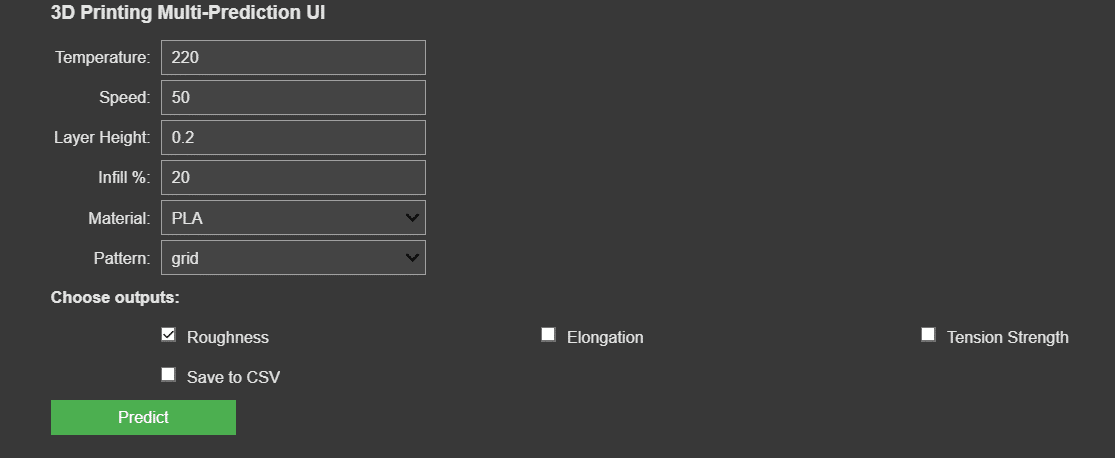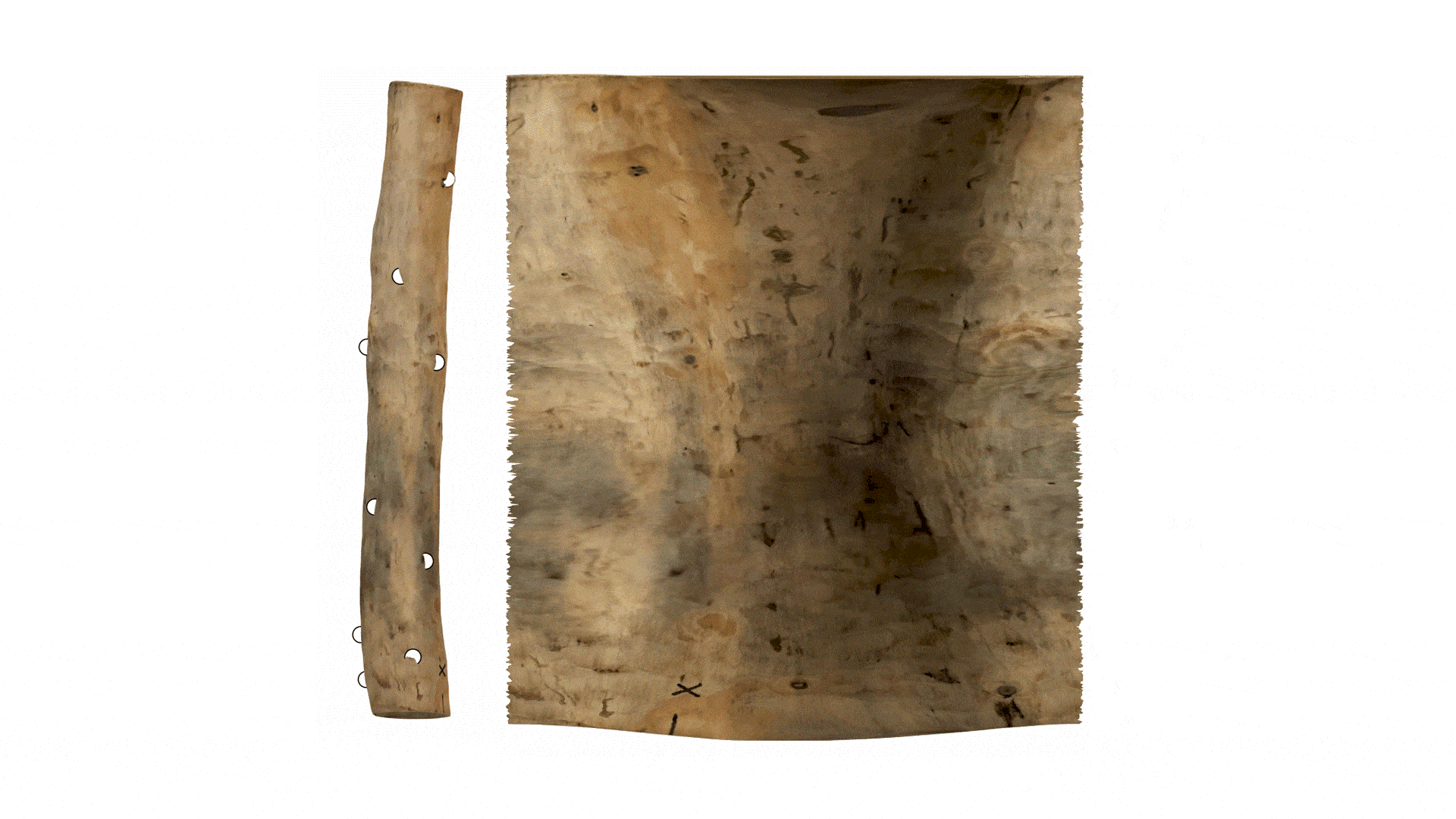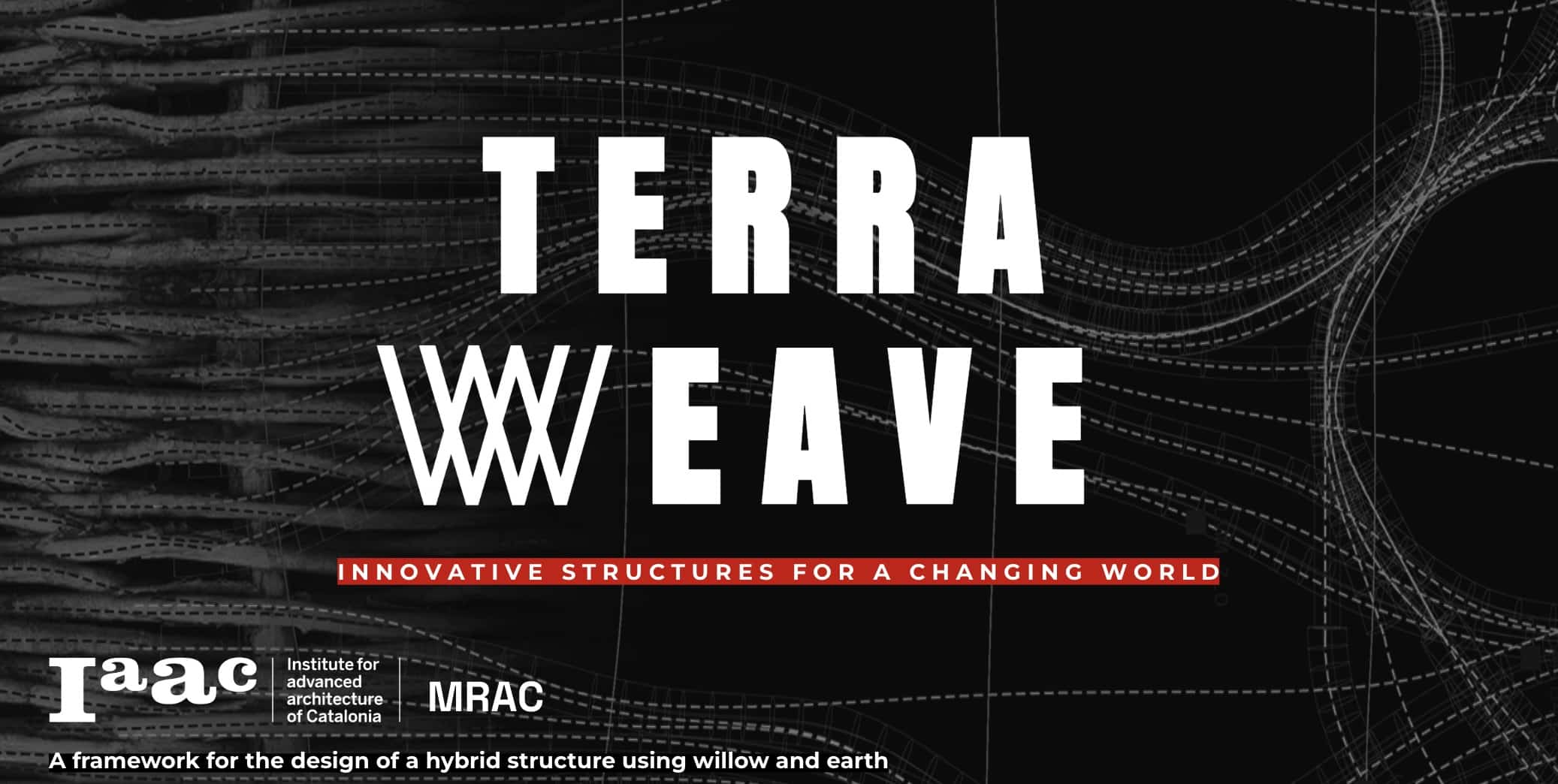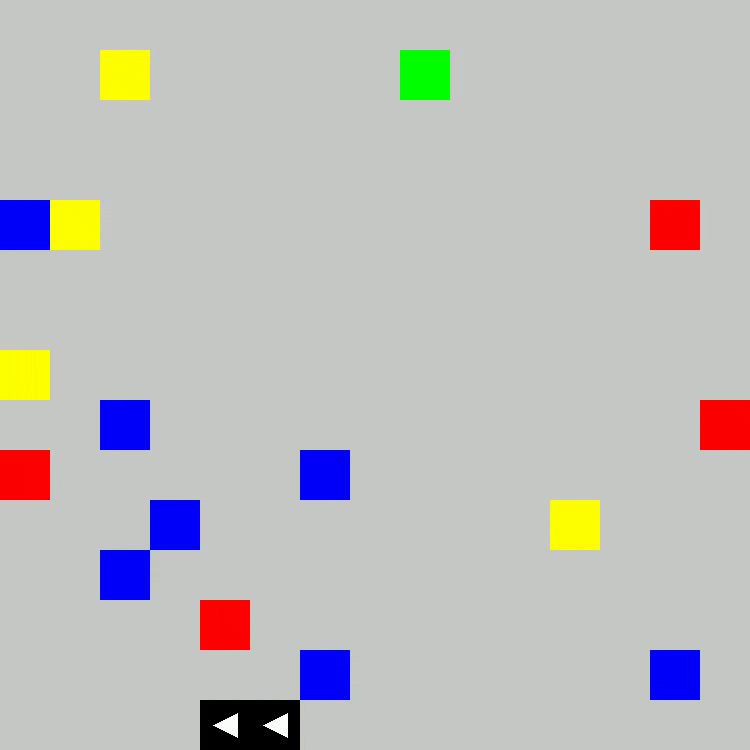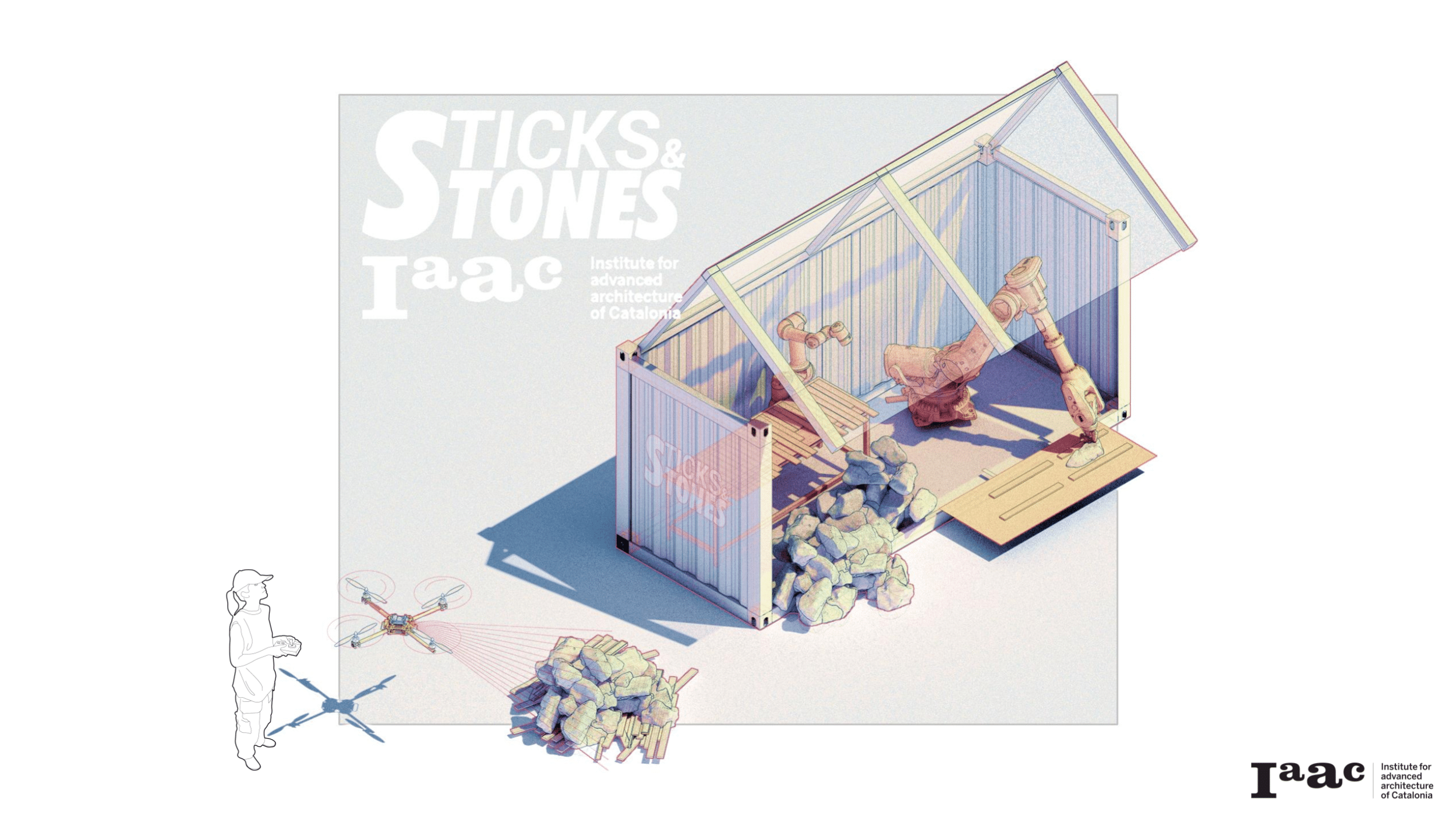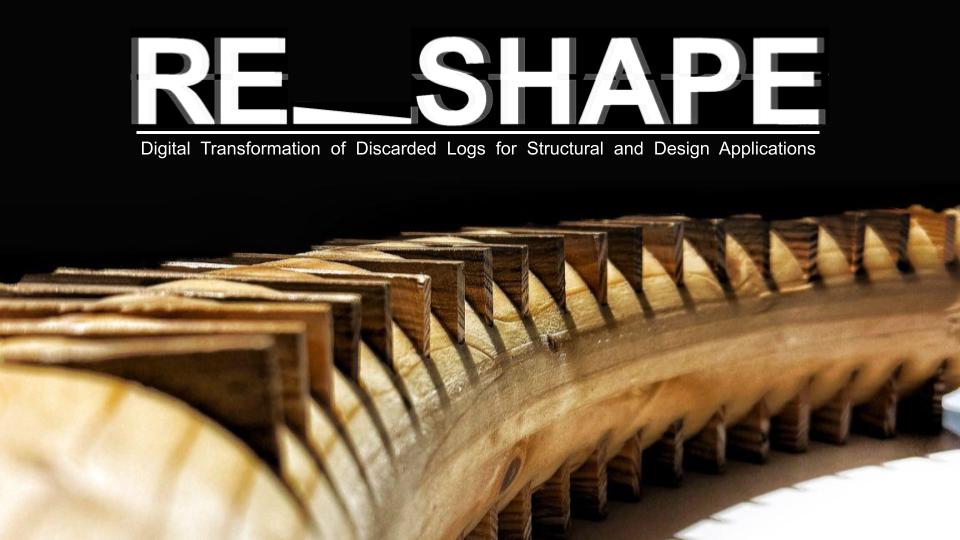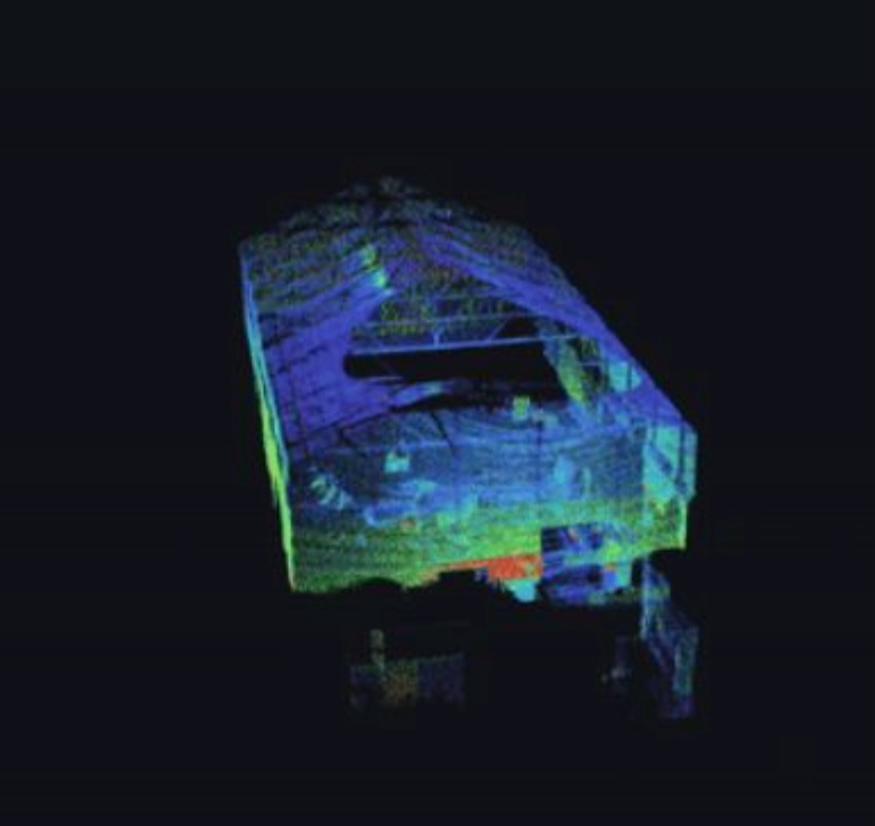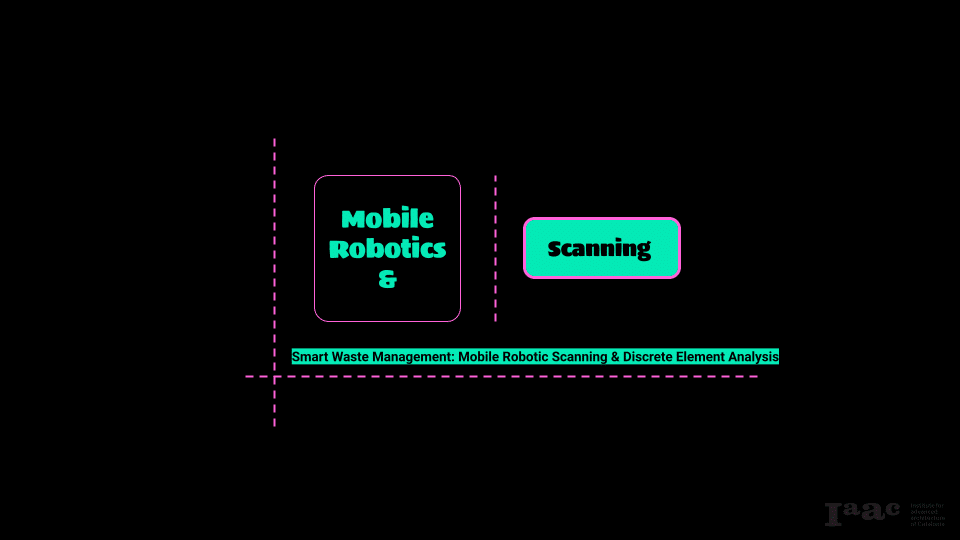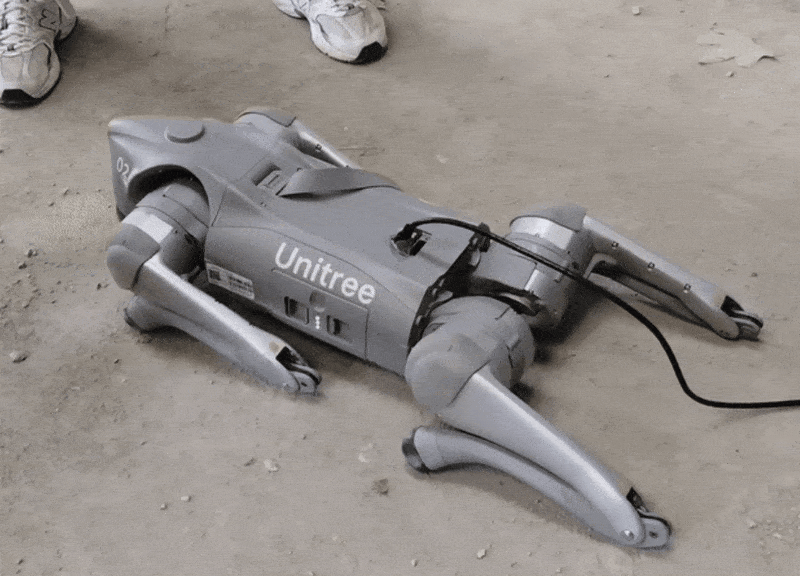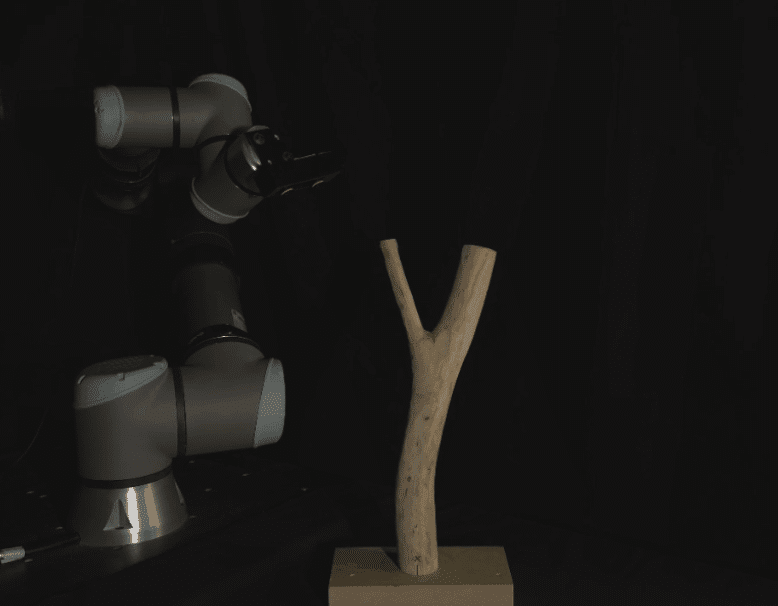Workshop 3.1_KAPLA-Nest
| INTRODUCTION | Learning Structures: From Parametric Rules to Machine-Made Forms. In this project, we explored the interplay between parametric design, machine learning, and robotic fabrication. Starting from Kapla block assemblies controlled by simple deformation rules, we trained a GAN to reinterpret and generate new structural variations. The process concluded with robotic pick-and-place construction, closing … Read more



